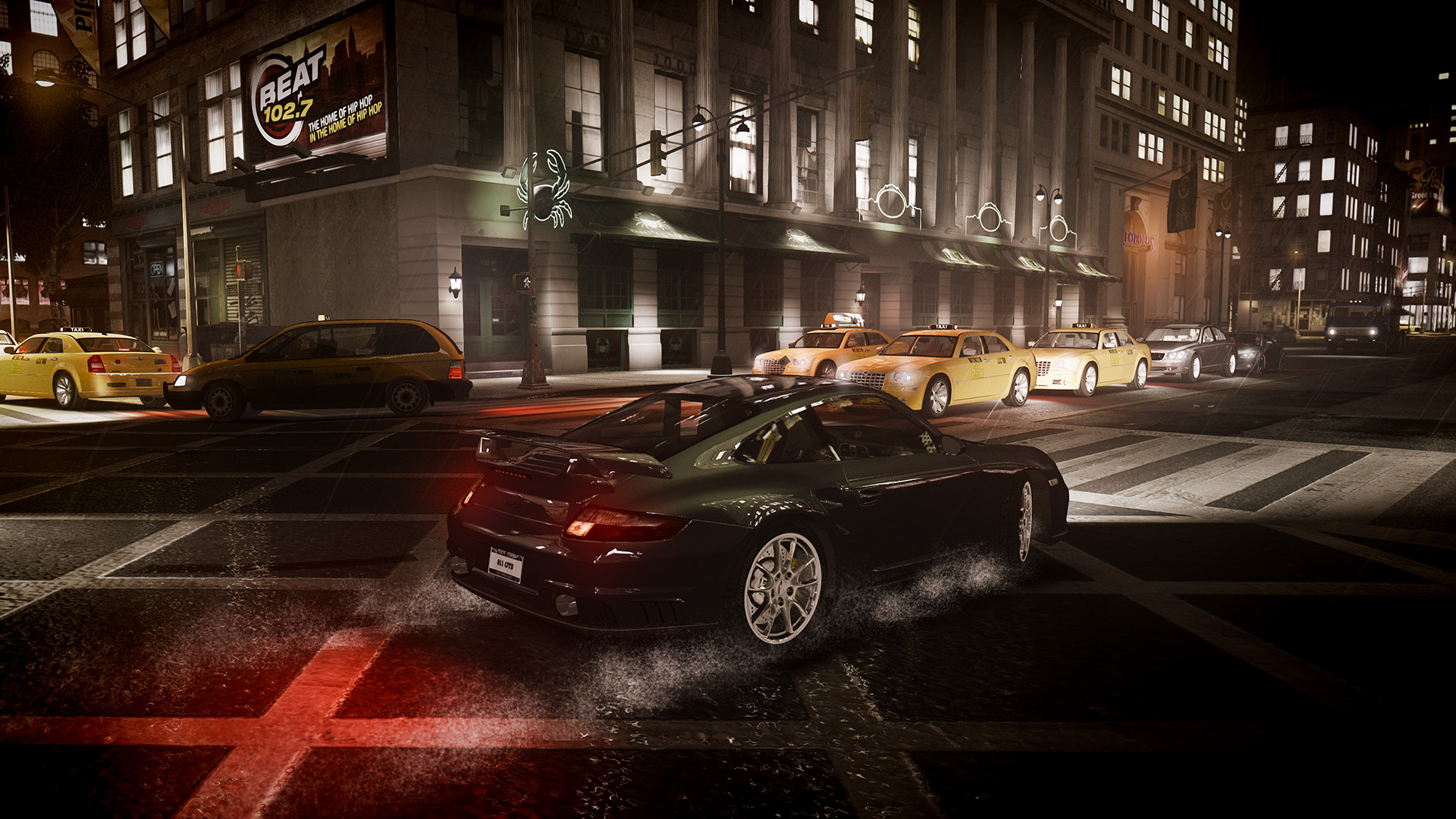http://en.wikipedia.org/wiki/Pixel_art
http://juli95.deviantart.com/art/Mario-Pixel-363155255
This game showcases how pixel art was a phenomenal thing in early gaming. Mario is a pixel and 3d icon in the world of gaming.
Concept art is a form of illustration used to convey an idea for use in (but not limited to) films, video games, animation, or comic books before it is put into the final product. Concept art is also referred to as visual development and/or concept design. This term can also be applied to retail, set, fashion, architectural and industrial design.
http://en.wikipedia.org/wiki/Concept_art

http://www.glitterberri.com/hyrule-historia/page-171/
This is the concept art of Link from the legend of Zelda.
Physical texture, also known as actual texture or tactile texture, are the actual variations upon a surface. This can include, but is not limited to, fur, wood grain, sand, smooth surface of canvas or metal, glass, and leather. It differentiates itself from visual texture by having a physical quality that can be felt by touch. Specific use of a texture can affect the smoothness that an artwork conveys. For instance, use of rough surfaces can be visually active, whilst smooth surfaces can be visually restful. The use of both can give a sense of personality to a design, or utilized to create emphasis, rhythm, contrast, etc.
Light is an important factor for physical artwork, because it can affect how a surface is viewed. Strong lights on a smooth surface can obscure the readability of a drawing or photograph, whilst they can create strong contrasts in a highly textural surface such as river rocks and sand.
http://en.wikipedia.org/wiki/Texture_(visual_arts)

http://www.dsogaming.com/screenshot-news/gta-iv-modded-at-4k-rivals-next-gen-open-world-titles-gives-gta-v-a-run-for-its-money/
Gta is a perfect example of how texture art is viewed highly amongst the viewers.
Parallel projection
Main article: Parallel projection
Games utilizing parallel projection typically make use of two-dimensional bitmap graphics as opposed to 3D-rendered triangle-based geometry, allowing developers to create large, complex gameworlds efficiently and with relatively few art assets by dividing the art into sprites or tiles and reusing them repeatedly (though some games use a mix of different techniques).
Top-down perspective, also sometimes referred to as bird's-eye view, Overworld, overhead view or helicopter view, when used in video games refers to a camera angle that shows the player and the area around them from above. While not exclusive to video games that utilise parallel projection, it was at one time common in 2D role playing video games, wargames and construction and management simulation games such as SimCity, Pokémon, and Railroad Tycoon, as well as in action and action-adventure games such as the early The Legend of Zelda and Grand Theft Auto games.
http://en.wikipedia.org/wiki/Video_game_graphics

http://www.giantbomb.com/ansatsuken/3015-8490/
As you can see from the background. You'll find that the background is in quite a lot of detail. This is to help the player gather more enthusiasm towards games like this in general.
In painting, "media" refers to both the type of paint used and the base (or ground) to which it is applied. A paint's medium refers to what carries a paint's pigments (colors), and is also called a "vehicle", "base" or binder. A painter can mix a medium with solvents, pigments, and other substances in order to make paint, and control consistency.
http://en.wikipedia.org/wiki/List_of_artistic_media

http://unit78tb.blogspot.co.uk/
Skyrim is a good example of how print media can be used in games of all sorts.
No comments:
Post a Comment